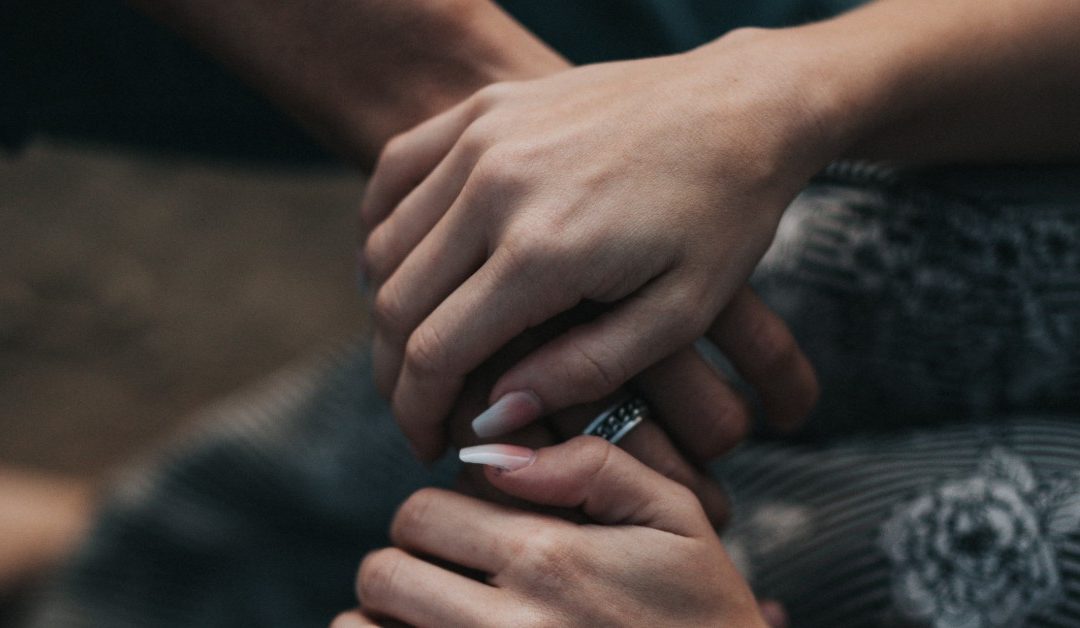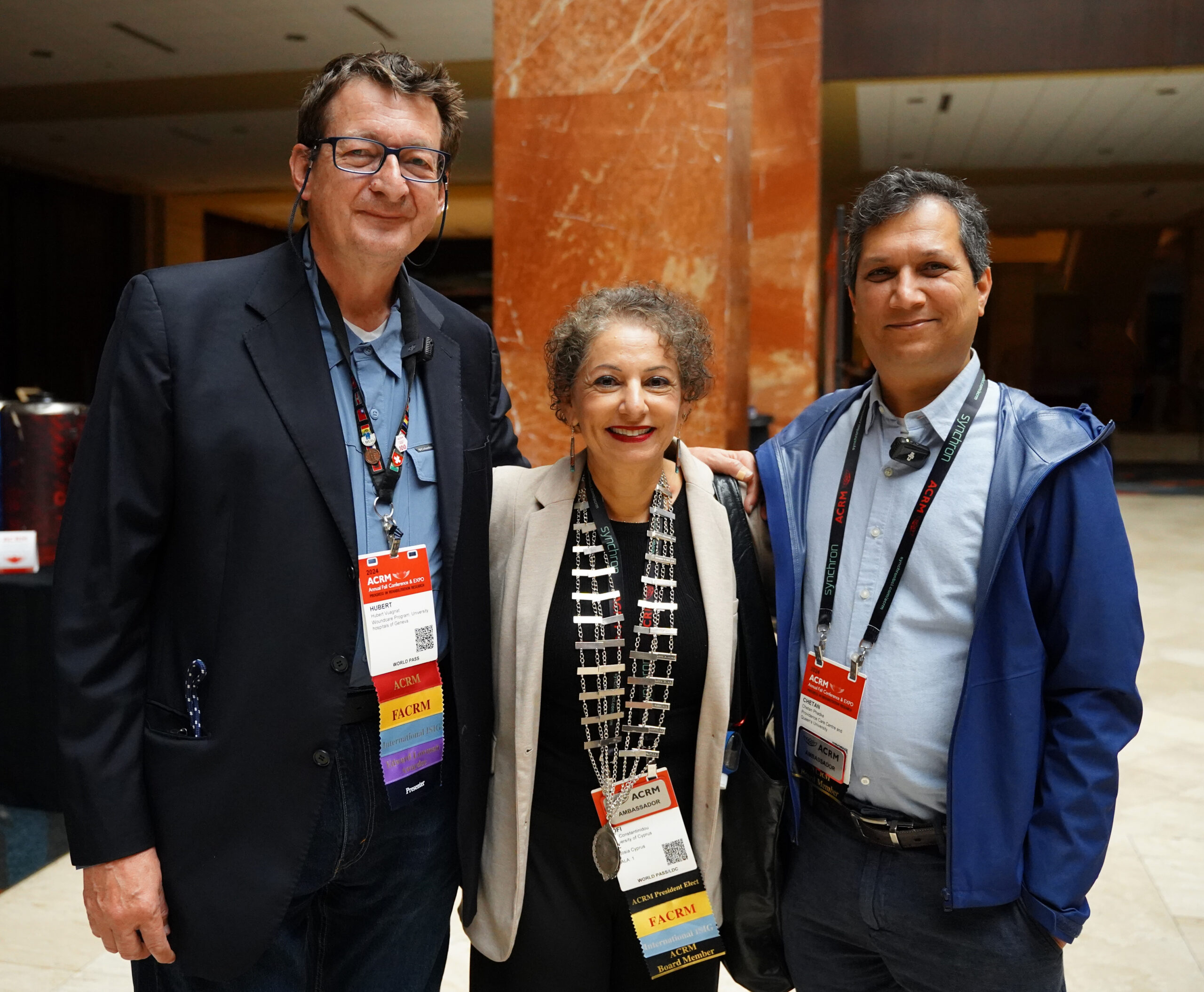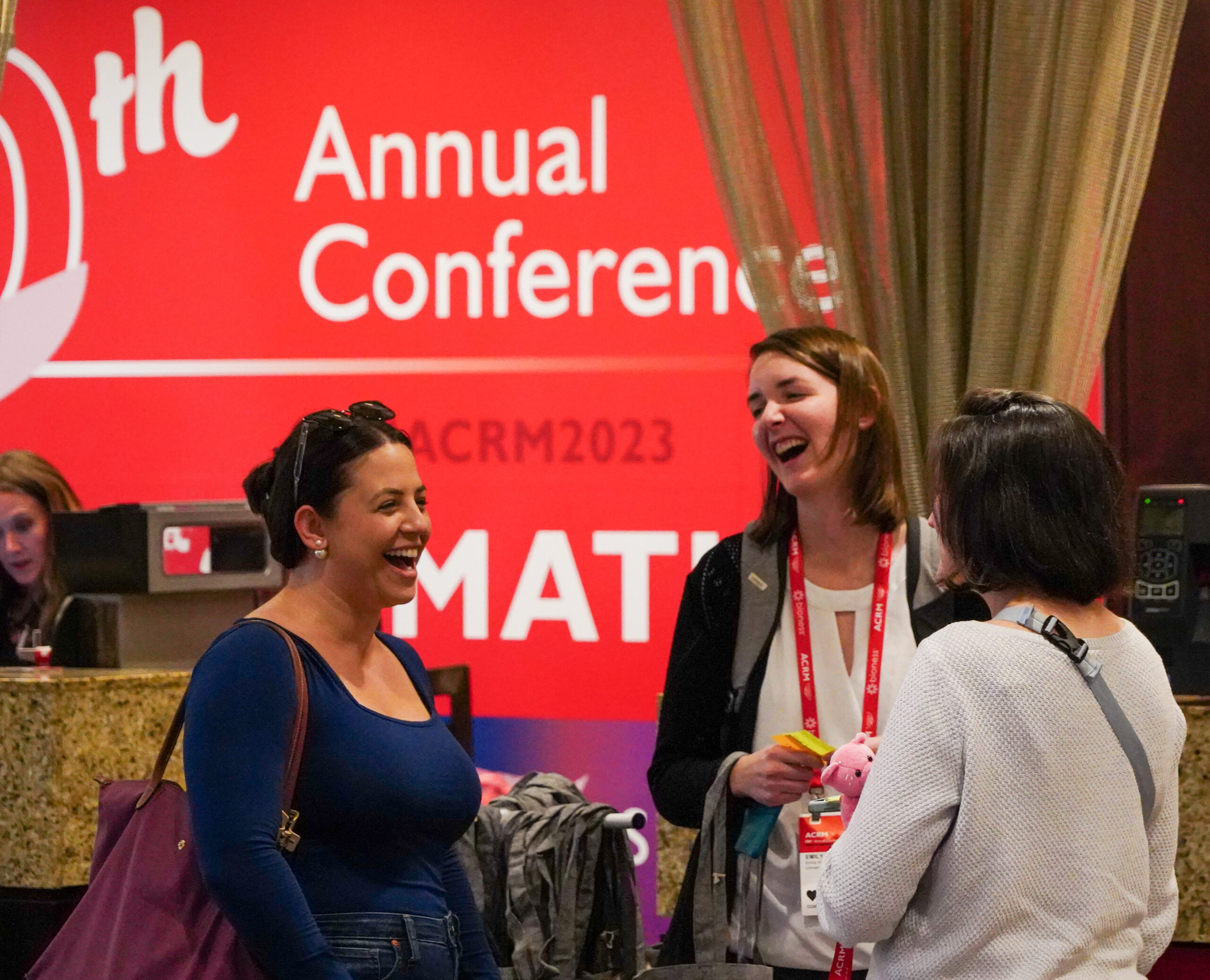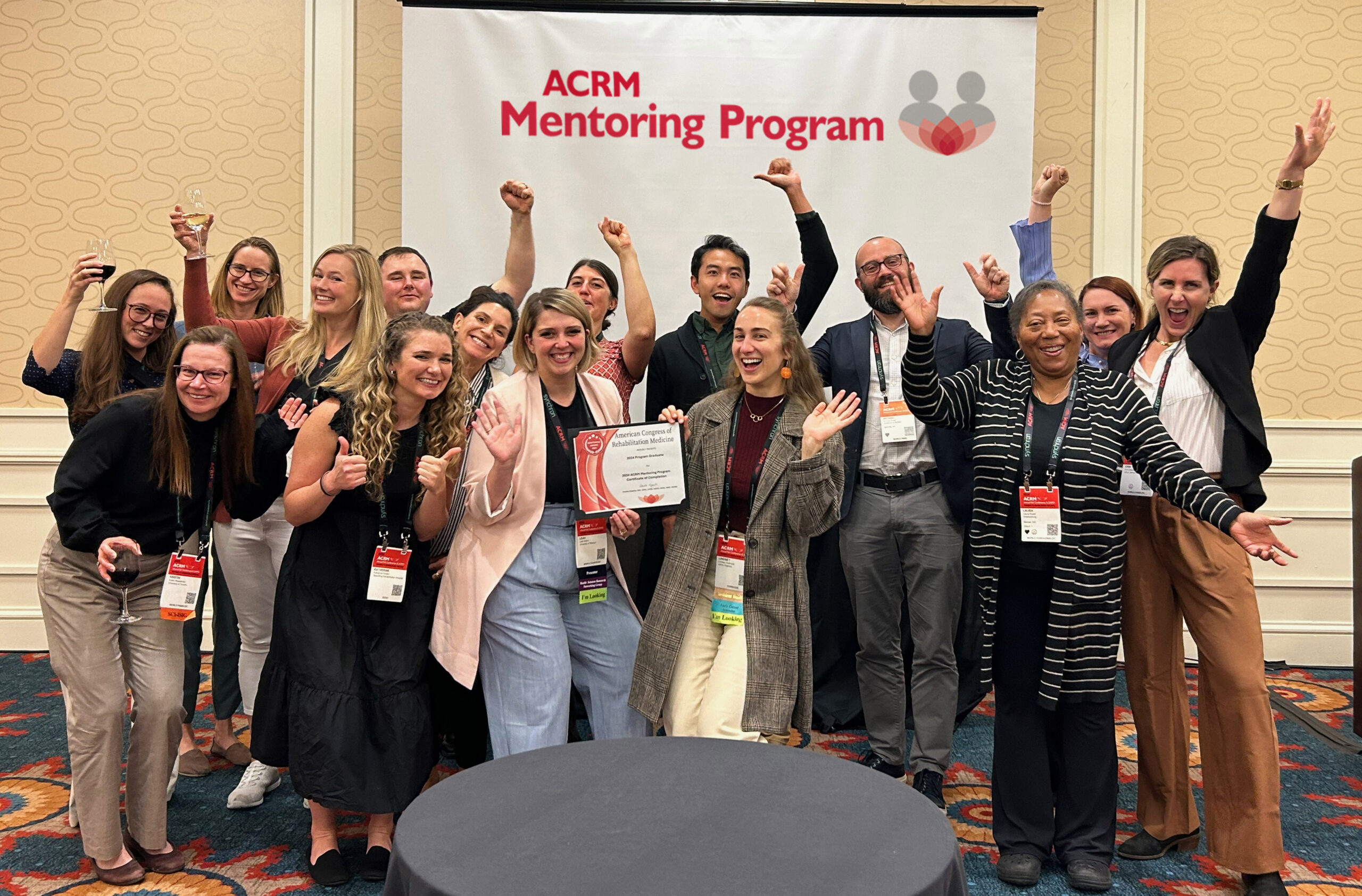Here at ACRM, we have a special interest group specifically for stroke rehabilitation, and many of the professionals within our community are leaders in both rehabilitation medicine and research with an interest in stroke. If you would like to join ACRM and the stroke rehabilitation group, contact us today!
Stroke is one of the leading causes of disability worldwide, and we are committed to promoting the best treatment and assessment for stroke. Like all of our interdisciplinary special interest groups, the Stroke ISIG brings together rehabilitation professionals from all disciplines together to advance the field of stroke rehabilitation.
In today’s blog post we’ll be sharing a few ways to help stroke survivors recover faster. These can be used by rehabilitation professionals as well as people supporting their loved ones who are recovering from a stroke.
Recognize Stroke Symptoms
One of the most important ways to quickly recover from a stroke is by recognizing the symptoms and starting rehabilitation medicine treatment as soon as possible. Immediate treatment can be life-saving and increases the potential for a full recovery.
After a first stroke, patients are more likely to experience a second stroke. In fact, about 25% of stroke survivors will experience a second stroke, and that risk is 40% higher during the first five years after the stroke. Knowing the signs of a stroke is especially important for those who are at risk of a second stroke. Part of our job as practitioners of rehabilitation medicine is to educate our communities about the signs of a stroke so that they can seek care as quickly as possible.
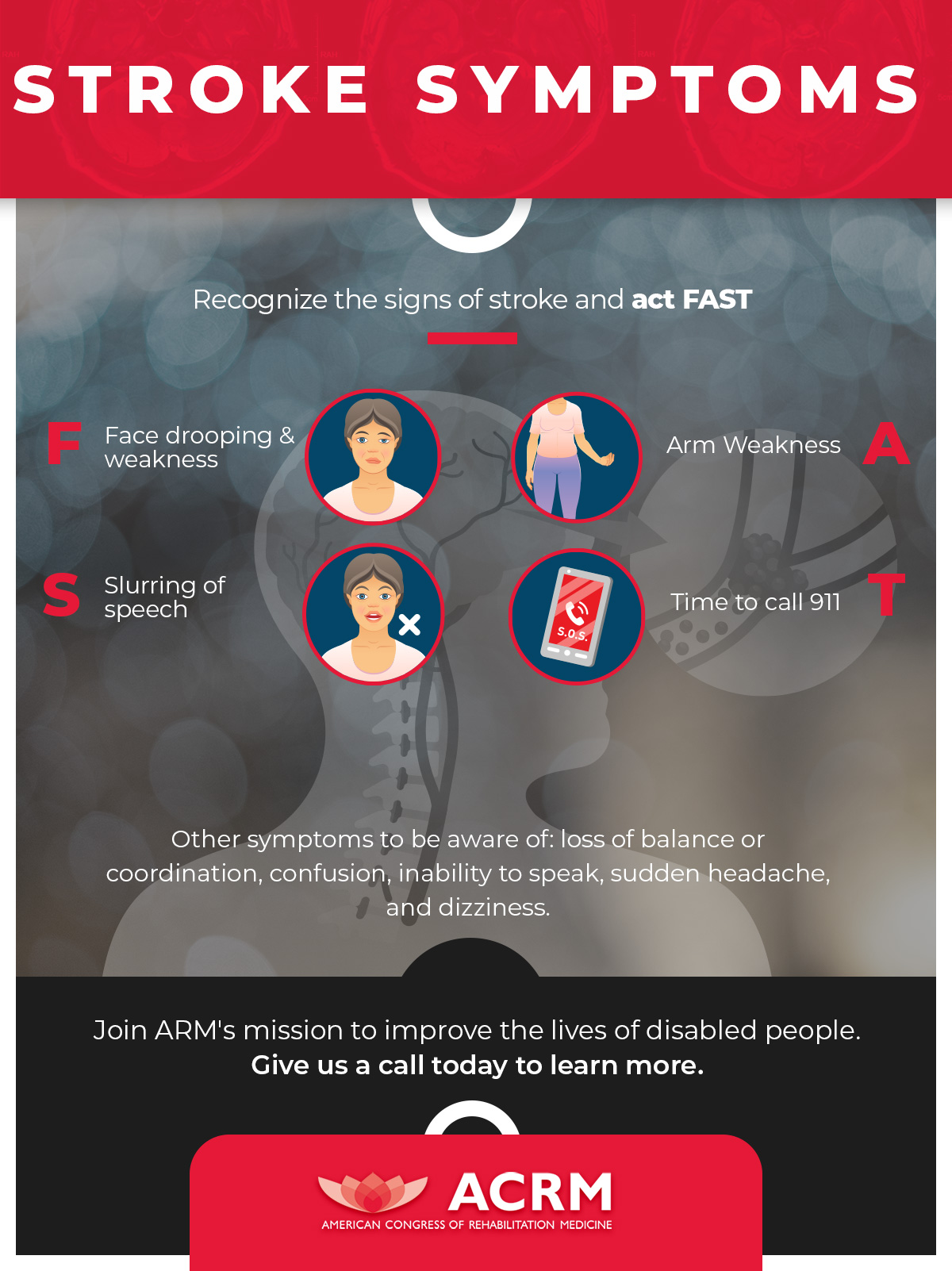
Signs of Stroke
The American Heart Association created a memory tool to identify the signs of a stroke. They correspond to the acronym FAST:
- F – Face drooping
- A – Arm weakness
- S – Slurring of speech
- T – Time to call 911
A stroke is a medical emergency, and it’s important to act FAST. There are also a few other symptoms to be aware of such as loss of balance or coordination, confusion, inability to speak, sudden headache, and dizziness.
Foot Drop Rehab
Using a brace or ankle-foot orthoses (AFO) is an excellent aid in rehabilitation for foot drop and difficulty walking after a stroke. These devices prevent the front of the foot from dropping down or dipping, allowing patients to strengthen affected muscles and nerves.
Each patient who is going through stroke rehabilitation should have a custom rehab plan designed by a rehabilitation medicine specialist. However, rehabilitation of legs and feet can occur more quickly with the combination of exercises and orthopedic aids.
Speech Rehabilitation
A common side effect of stroke is aphasia, or the inability to speak or understand speech. For many survivors, this is one of the most frustrating side effects. Around 25 to 40 percent of people who suffer a stroke develop aphasia, and it is caused by damage to the left side of the brain, which is responsible for language.
Those with aphasia will need the help of a speech-language pathologist, who assist in rehabilitation of all types of physical speech behavior and provide guidance for the stroke survivor. For those suffering from aphasia, the most important thing is to remember that your intelligence hasn’t been affected by the stroke, just your ability to communicate. Take a deep breath and focus on what you are trying to say. It’s easy to get frustrated or get down on yourself, but you will figure out ways to communicate. Maybe carry a card that explains what aphasia is or use a book with pictures or symbols for commonly used expressions. A rehabilitation medicine professional can help provide you with strategies that others have found helpful. Loved ones of the person who suffered the stroke can help by using less complex sentences and incorporating other forms of communication, like gestures.
Paralysis
As many as 90% of stroke survivors have some form of paralysis, and many experience symptoms such as stiff muscles, weakness, and lack of coordination in the hands. Rehabilitation medicine treatments such as medication to relax muscles, physical therapy, and other treatments can help a patient recover.
Fatigue
Fatigue is a very common symptom that stroke survivors experience, and it’s important for rehabilitation professionals to help patients maintain a positive mindset. Post-stroke fatigue can be very emotionally taxing, especially when combined with other symptoms. While rest may seem like the easy solution, it’s not always the best way to move forward. While it’s important not to push your body too far, part of rehabilitation is to be proactive about treating fatigue.

ACRM – American Congress of Rehabilitation Medicine
The mission of our non-profit organization is to improve the lives of disabled people, including stroke survivors, through rehabilitation medicine and research. Our research groups cover a wide range of topics, from traumatic brain injury to neuroplasticity, sports rehabilitation, cancer, and more.
We work with hospitals, universities, professional and advocacy organizations, and rehabilitation professionals around the world. We have 3,000+ members from more than 65 countries and produce the ACRM Journal. Learn about the benefits of joining ACRM as well as member dues and how to apply. You can also learn more about the ACRM Conference and register for either in person or online here. If you enjoyed this article, learn more from the Stroke Interdisciplinary Special Interest Group.


